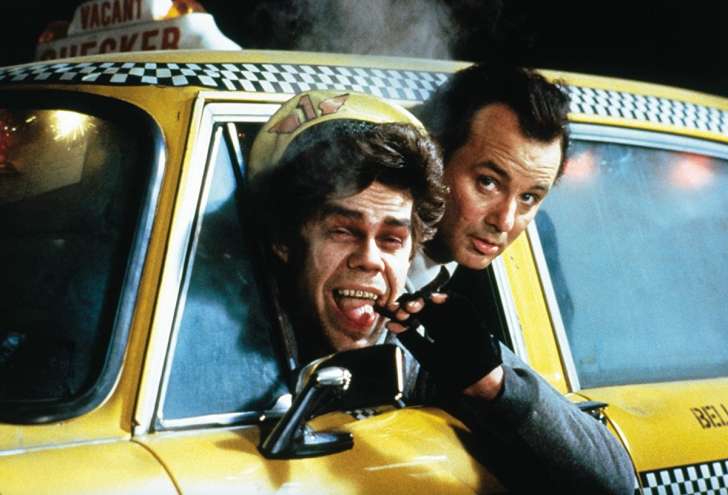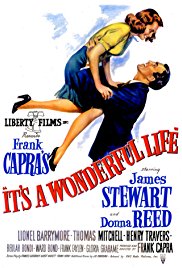‘Star Wars: The Last Jedi’ carries visual thrills and missed opportunities
Written and directed by: Rian Johnson
Starring: Daisy Ridley, Mark Hamill, Adam Driver, John Boyega, Carrie Fisher, Andy Serkis, Domhnall Gleeson, Laura Dern, Oscar Isaac, Kelly Marie Tran, and Benicio Del Toro
“Star Wars: The Last Jedi” – The marketing department behind the Star Wars franchise must be brilliant. With billions of dollars in tickets sold over eight films (including “Rogue One: A Star Wars Story” (2016)), hired advertising suits certainly know the cinematic beats that will attract their audience. On the other hand, Star Wars probably does not need a marketing department at all, because after George Lucas’s visionary masterstroke arrived in 1977, fans bought into his wondrous space opera and the films that followed, and rightfully so!
Well, as writer/director Rian Johnson’s “Star Wars: The Last Jedi” unfolds, one might wonder if the Resistance needs a better marketing department, because – yet again – they are greatly outnumbered by the draconian, downright awful First Order. The First Order, whose members sport pitch black threads and their faces wear scowls (coupled with occasional smirks), are simply not easy to like, but the Resistance - like the Rebel Alliance before it – is facing overwhelming odds against a superior military and legions of bad guys. Maybe someone in the Resistance should form a promotions department or at least print up some fliers, because they seem to be missing an opportunity to recruit new freedom fighters.
Johnson must have recruited a talented film crew, because his movie looks absolutely stunning. Mixed with some new mechanized ships, weapons and contraptions and along with some fearsome, familiar ones, the battles on land and space spectacularly strike the right science fiction, escapist tones that both children and adults pine for during a Star Wars picture. The film offers about a half-dozen take-your-breath-away moments and credit Johnson for thoughtfully constructing these particular sequences that will steal a collective bit of oxygen from the lungs of theatre audiences. On the other hand, the sluggish and very mechanical main plot thread, the surprisingly undeveloped relationships between key characters and a few head-scratching choices (which I will not reveal) construct a questionable foundation that the aforementioned visuals and assorted heart-stopping minutes cannot conceal.
As great as the movie looks, “Star Wars: The Last Jedi” is a missed opportunity.
The story obviously picks up after the events of “Star Wars: The Force Awakens” (2015), and in one particular case, immediately afterwards. Rey (Daisy Ridley) and Chewbacca (Peter Mayhew) visit Luke Skywalker (Mark Hamill) on his tiny, lonely island, and she attempts to hand his old lightsaber to him. Rey and Chewie crossed the galaxy to convince Luke to join Leia (Carrie Fisher) and the Resistance to bolster the fight against the First Order. Additionally, Rey might learn about her particular affinity towards the Force, while she is there. Why not? When in Rome…err, when on an isolated island with no cell service and a Jedi Master standing in front of you…
Meanwhile, The First Order – led by General Hux (Domhnall Gleeson) and Kylo Ren (Adam Driver) - is in relentless pursuit of Leia, Poe (Oscar Isaac), Finn (John Boyega) and rest of the Resistance, who continue to experience their numbers problem.
With a highly intriguing mix of old characters and relatively new ones (Rey, Poe, Finn, Hux, Kylo Ren, and more) and brand spanking new ones – played by Laura Dern, Kelly Marie Tran and Benicio Del Toro – Johnson holds the ingredients for a complex, character-driven story to match his visual storytelling. Sadly, that never materializes, as he appears content to highlight long stretches of uneventful exposition instead.
With Rey and Luke, Johnson’s script offers some scarce table scraps of new facts, and - like two people staring at their individual cell phones during a nice meal on a Saturday night - their time feels completely wasted on the island.
Admittedly, Rey and Kylo Ren’s verbal duels do raise a new hope (pardon the pun) for a warm détente and also a fear for a dark turn. I will not reveal the results of their particular encounters, but – stylistically - their engagements play in the same ballpark as the artless, highly criticized exchanges between Anakin (Hayden Christensen) and Padme (Natalie Portman) in “Star Wars: Episode II – Attack of the Clones” (2002). Although, they are not quite that bad.
Outside of some long-winded talk, the picture contains three extensive physical clashes between the baddies and the good guys, but the biggest conflict in the movie is finding enough screen time for the very worthy characters. Except for the opening 15 minutes, Poe is really given nothing substantive to do. For Laura Dern’s character (who I will not name or describe), Johnson presents no backstory or establishing scenes, so her few on-screen moments do not generate enough gravitas.
Somehow, Chewbacca must have learned magic in his spare time, because he pulls off a tremendous on-screen disappearing trick. He is barely in the picture. In fact, when he suddenly reappears in the third act, this particular critic actually forgot that he was starring in movie, as the screenplay treats him like a bit, sideshow player, like some of the new Star Wars creatures: the Porgs who look like cute little penguins and a pack of albino wolves who may have accidentally stepped into a glitter factory.
Finn and a resistance fighter named Rose (Tran) do chew up lots of movie minutes on a special mission, but their tangential side project feels recycled, as just a vehicle to show off a new planet.
All of this and more fill a very long 2 hours and 32 minutes but with only a fraction of the swashbuckling fun of “Star Wars: The Force Awakens”. Sure, the 2015 picture might be a fraternal twin to “Star Wars: Episode IV – A New Hope” (1977), but it recaptured that magic, those goosebumps that a great Star Wars film can give.
Despite meticulous efforts, mammoth productions, striking locales, some enjoyable fan-friendly moments, and about six explosive swathes of celluloid, “Star Wars: The Last Jedi” is missing that goosebumps-factor. The 152-minute picture felt familiar and not nostalgic, but repetitive within its own narrative. It is not the worst film in the series, but perhaps the biggest waste in terms of advancing the 9-part storyline. Of course, casual and diehard Star Wars fans should see this film, and many, many audiences will hopefully and probably walk out of theatres with big smiles, because it is a rare treat to experience a brand new movie from this iconic franchise.
Unfortunately, this particular critic walked away with a lengthy list of the film’s missed opportunities while also wanting to help jumpstart the Resistance’s nonexistent recruiting campaign.
(2/4 stars)
Jeff – a member of the Phoenix Critics Circle – has penned film reviews since 2008 and graduated from ASU’s Walter Cronkite School of Journalism. Follow Jeff and the Phoenix Film Festival on Twitter @MitchFilmCritic and @PhoenixFilmFest, respectively.









































